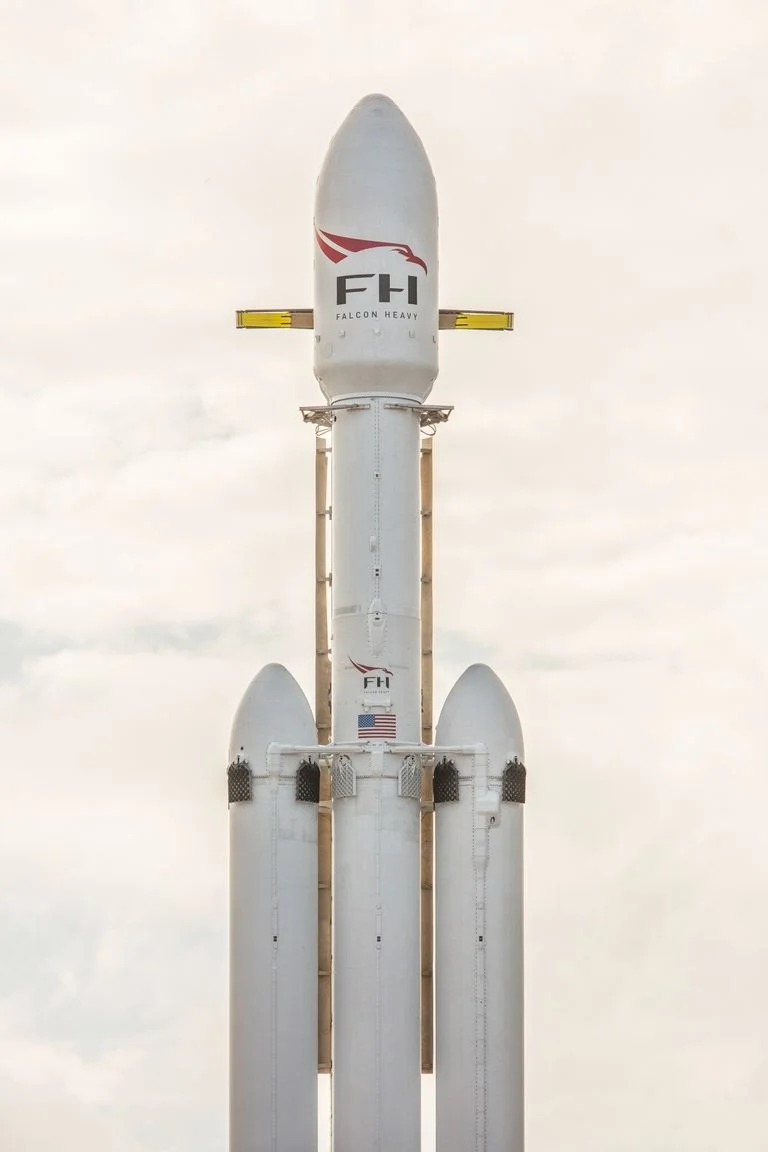XLM Insight | Stellar Lumens News, Price Trends & Guides
XLM Insight | Stellar Lumens News, Price Trends & Guides
Okay, everyone, buckle up because what SpaceX is pulling off right now isn't just impressive; it's a fundamental shift in how we access space. Last night, November 5th, another Falcon 9 roared to life from Cape Canaveral, carrying 29 more Starlink V2 Mini satellites into low Earth orbit. Sure, we’ve seen launches before, but this is different. This is a rhythm, a cadence, a steady drumbeat of progress that's reshaping our world. And, honestly, it gives me goosebumps.
Think about it: SpaceX is aiming for at least seven Starlink missions this month alone. That's not just launching satellites; that's building an entire infrastructure in the sky. It’s like the industrial revolution, but instead of factories churning out textiles, we’re seeing rockets churning out connectivity. And the sheer scale of it—more than 100 Starlink missions this year—is just mind-boggling. It raises a question: What happens when access to space becomes this routine, this reliable? How does that change our ambitions, our possibilities?
And it's not just the frequency; it's the reusability. Booster B1094, the workhorse that powered this latest Starlink mission, just completed its fifth trip to space and back. That’s five times it dodged the atmosphere, deployed its payload, and then stuck a pinpoint landing on the drone ship "Just Read the Instructions." It's a testament to engineering prowess and a commitment to sustainability that's frankly inspiring.

This particular landing marked the 140th booster landing on that vessel and the 529th successful booster landing overall. It's not just a number; it's a symbol of how far we've come. Remember when landing a rocket was considered science fiction? Now, it's practically routine. What other seemingly impossible goals are now within our reach?
This relentless launch schedule isn't happening in a vacuum. As we fill the skies with satellites, we need to be mindful of the potential consequences—orbital debris, light pollution, and the impact on astronomical research. It’s a delicate balance, and we need to ensure that our pursuit of progress doesn't come at the expense of our planet or our understanding of the universe.
The launch itself was a beautiful sight. Pictures show the Falcon 9 lighting up the Cocoa Beach skyline, arching over the "super Beaver moon," the largest and brightest supermoon of the year. SpaceX launches Starlink 6-81 mission from Cape Canaveral Space Force Station in Florida Imagine witnessing that—the raw power of the rocket juxtaposed against the serene beauty of the night sky. It's a reminder that even in our increasingly technological world, there's still room for wonder and awe.
So, what does all this mean? It means we're on the cusp of a new era of space exploration and utilization. It means that the dreams of science fiction are rapidly becoming reality. It means that the possibilities are limitless. And honestly, that's something to be excited about.